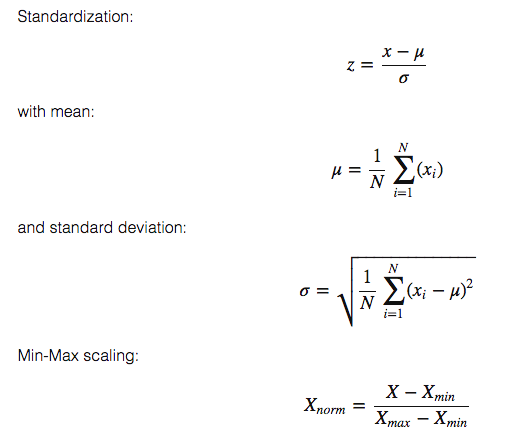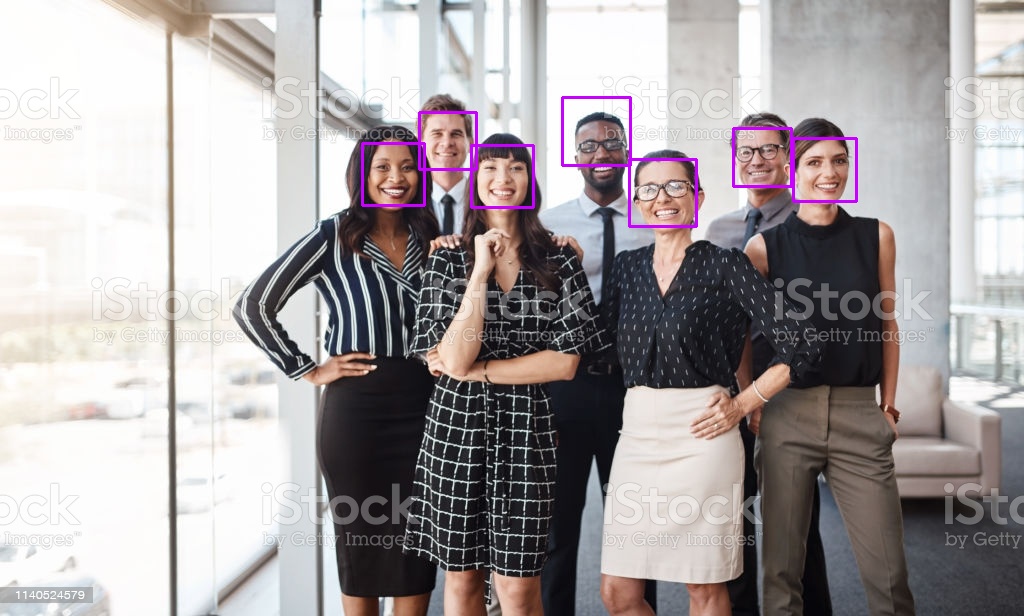The reactance of capacitors and Inductors

The "reactance👊" is a fancy way of saying the word "Resistance✊" for an inductor or capacitor. well we denote the symbol "X" instead of "R" . The capacitor acts as a frequency dependent resistor in here, well the reactance of the capacitor(Xc) increases with decreasing of frequency. In math we call it as inverse relation(Xc ∝ 1/F). here in this figure we can see that "Xc"(reactance of capacitor) decreased with increasing "F". so the Xc can be expressed as The Inductor acts as a frequency dependent resistor in here well the reactance of the inductor(X L ) increases with Increasing of frequency. in math we call it as proportional relation(X L ∝ F). here in this figure we can see that "X L "(reactance of inductor) decreased with decreasing "F". Or increase as increase in frequency. so the X L can be expressed as






